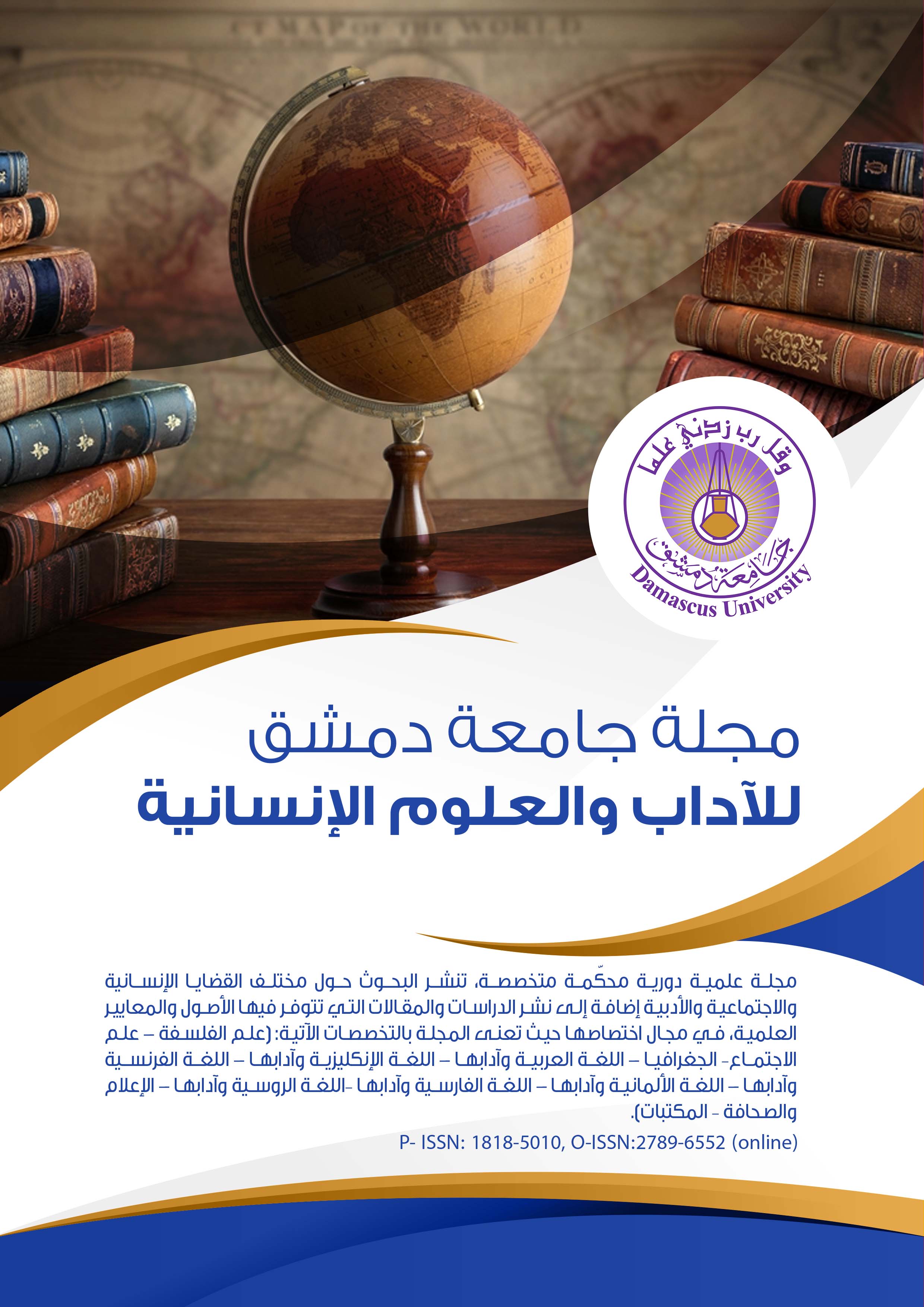Muna Muhammad Ali Daghestani
Keywords:
Myth,, Mythical Symbolism, , Khalil HawiAbstract
"Myths are rich in their historical and imaginative content with aesthetic and semantic values that enhance the poetic text. They carry an important cultural heritage interwoven with elements of history, revealing the nature of their bearers, their visions, beliefs, experiences, and dreams. By drawing inspiration from these myths and employing their symbols, the poet makes them a vital part of the poetic text, allowing them to merge with all its elements and structures, thereby expanding its horizons both semantically and aesthetically.
It is well-known that contemporary poetry economizes its language by relying on symbols to evoke imagination, condense meanings, and direct them towards the desired artistic and semantic ends. The effective employment of mythical symbols is closely linked to artistic mastery, which leads to the production of contextual meaning. This requires an understanding of their content and significance, as well as the ability to
project them onto the poet's era, bringing about a change or renewal in this content that aligns with the poet's unique perspectives.
This study aims to illuminate an important aspect of the modern poet Khalil Hawi's experience by employing high artistic techniques through the inspiration of a mythical symbol-specifically the symbol of Lazarus-for various reasons, including the poet's escape from the surrounding circumstances that afflicted his bitter reality, where he could not confront or face them directly. Instead, he resorts to hiding behind symbols derived from his mythical symbol (Lazarus), embedding his visions and ideas in an artistic manner that avoids blunt directness. He branches out from this artistic myth that creates a poetic world deepening the sense of humanity in life and opening a path to the essence of his nation's existential crisis."

